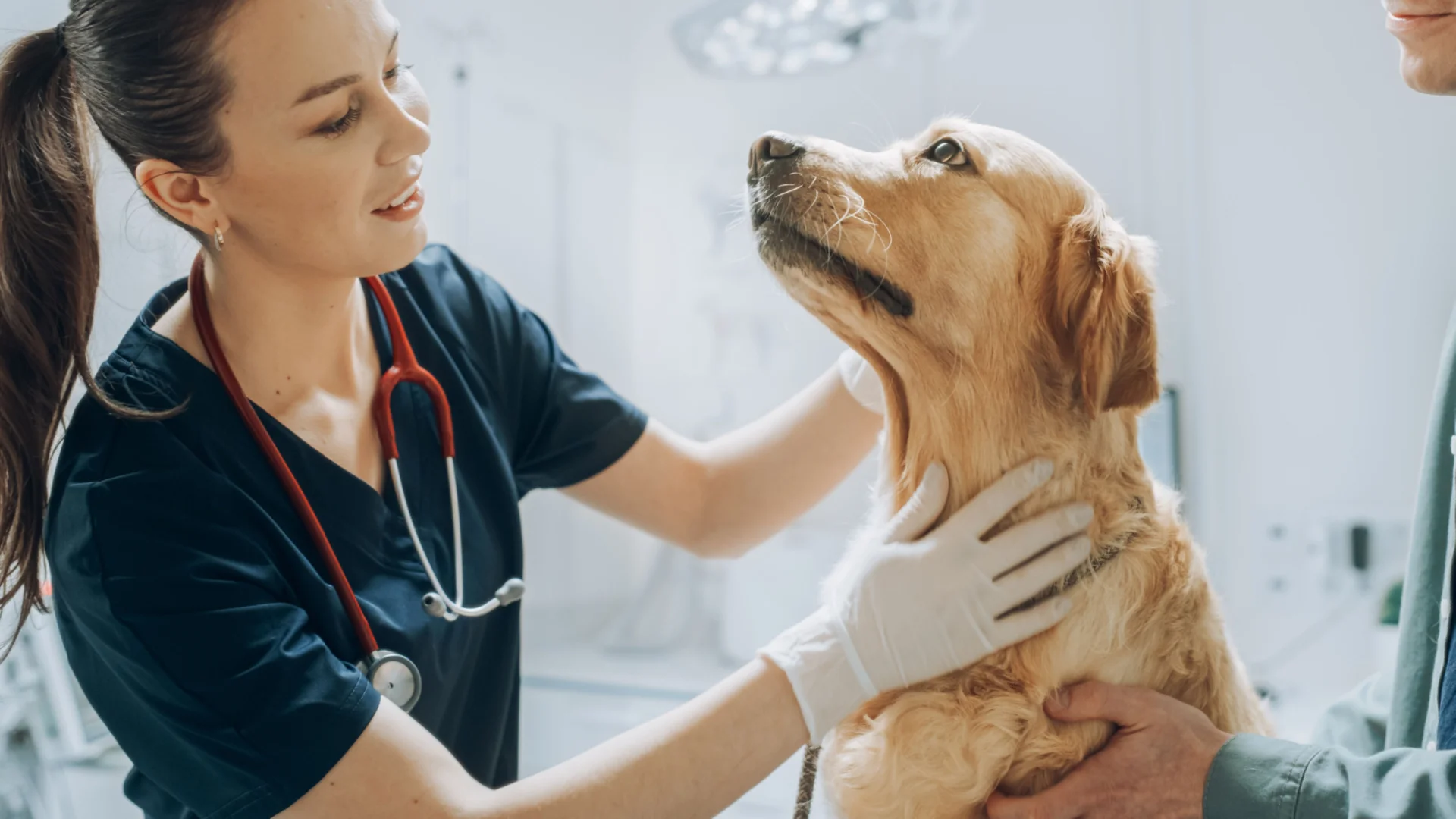Key takeaways:
- Vibrio harveyi is a bioluminescent bacterial pathogen of marine fish, crustaceans, and mollusks.
- The disease symptoms are indistinct, and the bacterium’s growth is slow, complicating traditional culture-based diagnostic techniques.
- Next Generation Sequencing (NGS) provides fast and accurate diagnosis of harveyi from infected animals and contaminated water, allowing for early detection and disease control.
Vibrio harveyi is a Gram-negative bacterium that is part of the Vibrio genus, a group of bacteria known for their aquatic habitats. It is characterized by its motility, as it is a highly mobile organism equipped with a polar flagellum, allowing it to move efficiently through liquid environments. V. harveyi is facultatively anaerobic, meaning it can thrive in both aerobic and anaerobic conditions, though it prefers oxygen-rich environments. The bacterium has a distinctive bioluminescent feature, producing light due to a set of genes involved in its quorum-sensing system which allows the bacteria to emit a bioluminescent signal when the population has grown sufficiently (Defoirdt et al., 2008). This makes it an interesting organism for study in microbial ecology, where it plays a role in bacterial communication and virulence in aquatic ecosystems. V. harveyi is typically found in marine environments, particularly in the waters surrounding coastal regions where it can infect a range of marine organisms. The bacterium’s ability to cause disease in both wild and farmed aquatic animals makes it a significant concern in the field of veterinary medicine, especially in aquaculture, where it can lead to severe losses.
Host Range and Symptoms of Disease
- harveyi primarily affects marine organisms but can also infect other aquatic species, leading to various health complications. The bacterium’s host range includes a variety of species, primarily marine fish and crustaceans, where it causes diseases that often result in severe economic losses. This bacterium affects animals in the wild and in controlled aquaculture environments, making it a major concern for fish farming industries (Austin & Zhang, 2006).
- Marine Fish: Infected fish exhibit symptoms such as lethargy, loss of appetite, skin lesions, and in severe cases, death. The disease can lead to a condition known as “vibriosis,” characterized by hemorrhagic septicemia, which can affect the internal organs (Zhang & Austin, 2000).
- Shrimp: V. harveyi infections in shrimp can result in “black gill disease,” where the gills turn black, the shrimp exhibit reduced feeding, and there is a significant decrease in growth rate. The infection can also lead to high mortality rates (Karunasagar et al., 2005).
- Mollusks: Oysters, clams, and other mollusks can suffer from mass mortalities when infected with V. harveyi. Symptoms include shell discoloration, tissue necrosis, and softening of the shells.
- Crustaceans: Beyond shrimp, other crustaceans can develop signs of infection such as abnormal swimming behavior, body discoloration, and reduced reproductive success.
Treatments for Vibrio harveyi
Treating V. harveyi infections in aquaculture is critical for minimizing economic losses. While treatment approaches are available, it is often a combination of antibiotics, good husbandry practices, and environmental management that can help control the spread of the bacterium. Antibiotic use must be approached carefully to avoid resistance development (Alderman & Hastings, 1998).
- Oxytetracycline: A commonly used antibiotic, effective in treating a wide range of Vibrio species, including V. harveyi. It is administered in feed or water.
- Amoxicillin: This antibiotic can be used to treat infections in fish, particularly in the early stages of the disease.
- Enrofloxacin: A fluoroquinolone antibiotic effective against V. harveyi, often used in aquaculture to manage bacterial outbreaks.
- Chloramphenicol: Sometimes used in veterinary medicine for treating infections in fish and crustaceans.
- Furazolidone: This drug can be employed as an antimicrobial agent for managing Vibrio infections, especially in aquaculture settings.
In addition to antibiotics, controlling the water quality, minimizing stressors, and practicing proper farm hygiene are key strategies to prevent the spread of this pathogenic bacterium in aquaculture environments.
Challenges in Diagnosing Vibrio harveyi
Diagnosing V. harveyi infections can be challenging due to the bacterium’s diverse ecological range and the clinical similarity of its symptoms to other bacterial infections. Traditional diagnostic methods such as culture-based techniques may take several days to yield results and can be affected by the presence of other microorganisms in the environment, complicating the interpretation of results. Additionally, the bacterium’s ability to exist in both pathogenic and non-pathogenic forms means that detection of V. harveyi in the environment or infected hosts does not always correlate with disease, making clinical diagnosis more complex.
Role of Next Generation Sequencing in Vibrio harveyi diagnosis
To overcome these challenges, Next Generation Sequencing (NGS) has emerged as a powerful tool. NGS allows comprehensive, high-throughput analysis of the genetic material from infected samples, enabling the precise identification of V. harveyi strains, including those that may be difficult to isolate using traditional methods. NGS can also be used to detect V. harveyi in contaminated water samples to provide faster diagnosis and control of the disease before infection occurs (Thaithongnum et al., 2006). Furthermore, NGS can provide insights into the genetic markers associated with virulence and antibiotic resistance, facilitating better-targeted treatments and more effective disease management strategies in aquaculture settings. This advanced technology helps to overcome the limitations of traditional diagnostic methods, enabling quicker and more accurate detection of V. harveyi infections.
Conclusion
Vibrio harveyi is a fascinating yet harmful bacterium that plays a significant role in both the natural marine ecosystem and aquaculture industries. Its bioluminescent abilities make it an intriguing subject of study, but its potential to cause disease in marine life, including fish, shrimp, and mollusks, has serious economic implications. As the bacterium continues to pose challenges for diagnosis and treatment, innovative methods like Next Generation Sequencing offer promise for more accurate identification, early detection and targeted management. By understanding its ecology, host range, and the available treatment options, aquaculture professionals can better protect their stocks from the devastating effects of V. harveyi. Vigilant monitoring, effective management practices, and the judicious use of antibiotics will remain essential in combating this glowing yet dangerous pathogen.
References:
- Alderman, D. J., & Hastings, T. S. (1998). Antibiotic use in aquaculture: Development of antibiotic resistance—potential for consumer health risks. International Journal of Food Science & Technology, 33(2), 139-155. DOI: https://doi.org/10.1046/j.1365-2621.1998.3320139.x
- Austin, B., & Zhang, X. H. (2006). Vibrio harveyi: A significant pathogen of marine vertebrates and invertebrates. Letters in Applied Microbiology, 43(2), 119-124. DOI: https://doi.org/10.1111/j.1472-765X.2006.01989.x
- Defoirdt, T., Boon, N., Sorgeloos, P., Verstraete, W., & Bossier, P. (2008). Quorum sensing and quorum quenching in Vibrio harveyi: lessons learned from in vivo work. The ISME journal, 2(1), 19-26. DOI: https://doi.org/10.1038/ismej.2007.92
- Karunasagar, I., Pai, R., Malathi, G. R., & Karunasagar, I. (2005). Mass mortality of Penaeus monodon larvae due to antibiotic-resistant Vibrio harveyi Aquaculture, 128(3-4), 203-209. DOI: https://doi.org/10.1016/0044-8486(94)90309-3
- Thaithongnum, S., Ratanama, P., Weeradechapol, K., Sukhoom, A., & Vuddhakul, V. (2006). Detection of V. harveyi in shrimp postlarvae and hatchery tank water by the Most Probable Number technique with PCR. Aquaculture, 261(1), 1-9. DOI: https://doi.org/10.1016/j.aquaculture.2006.07.001
- Zhang, X. H., & Austin, B. (2000). Pathogenicity of Vibrio harveyi to salmonids. Journal of fish diseases, 23(2), 93-102. DOI: https://doi.org/10.1046/j.1365-2761.2000.00214.x
Categories: Antibiotic Resistance, Bacterial Infections, Fish, Next-Gen DNA Sequencing Technology, Skin Health

